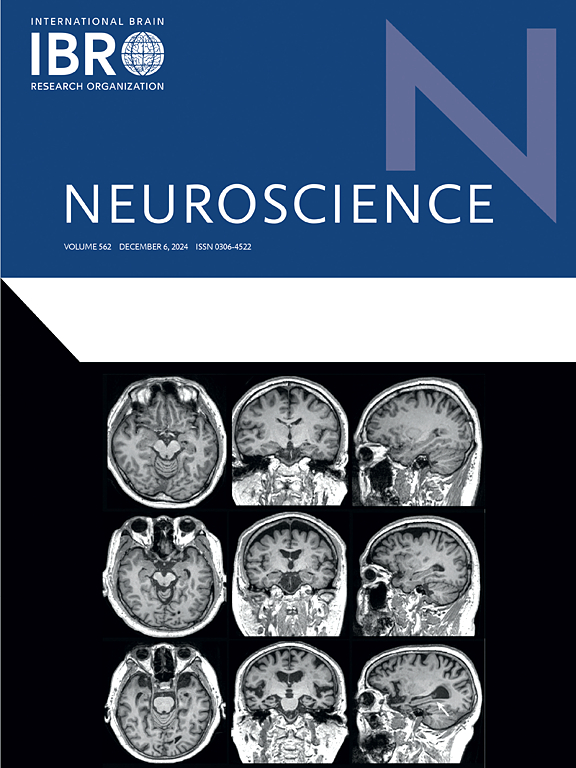人工智能在脑卒中康复中的应用:从急性护理到长期康复。
IF 2.9
3区 医学
Q2 NEUROSCIENCES
引用次数: 0
摘要
中风是世界范围内致残的主要原因,推动了对先进康复策略的需求。将人工智能(AI)整合到卒中康复中,在从急性诊断到长期康复的整个连续护理过程中取得了重大进展。本文综述了人工智能在脑卒中康复中的作用,重点介绍了其在早期诊断、运动恢复和认知康复方面的影响。人工智能驱动的成像技术,如应用于CT和MRI扫描的深度学习,可以提高早期诊断和识别缺血半暗带,从而实现及时、个性化的干预。人工智能辅助决策支持系统优化急性卒中治疗,包括溶栓和血管内治疗。在运动康复方面,人工智能驱动的机器人和外骨骼提供精确的、自适应的辅助,而人工智能增强的虚拟和增强现实环境提供身临其境的、量身定制的康复体验。脑机接口通过神经信号处理,利用人工智能进行神经康复,支持运动恢复。机器学习模型预测功能恢复结果并动态调整治疗强度。配备人工智能的可穿戴技术可实现持续监测和实时反馈,促进居家康复。人工智能驱动的远程康复平台通过实现远程评估和干预,克服了地理障碍。该审查还涉及与人工智能实施相关的道德、法律和监管挑战,包括数据隐私和技术集成。未来的研究方向强调人工智能在中风康复中的变革潜力,通过案例研究和临床试验说明人工智能技术在改善患者康复方面的实际益处和功效。本文章由计算机程序翻译,如有差异,请以英文原文为准。

Artificial intelligence in stroke rehabilitation: From acute care to long-term recovery
Stroke is a leading cause of disability worldwide, driving the need for advanced rehabilitation strategies. The integration of Artificial Intelligence (AI) into stroke rehabilitation presents significant advancements across the continuum of care, from acute diagnosis to long-term recovery. This review explores AI’s role in stroke rehabilitation, highlighting its impact on early diagnosis, motor recovery, and cognitive rehabilitation. AI-driven imaging techniques, such as deep learning applied to CT and MRI scans, improve early diagnosis and identify ischemic penumbra, enabling timely, personalized interventions. AI-assisted decision support systems optimize acute stroke treatment, including thrombolysis and endovascular therapy. In motor rehabilitation, AI-powered robotics and exoskeletons provide precise, adaptive assistance, while AI-augmented Virtual and Augmented Reality environments offer immersive, tailored recovery experiences. Brain-Computer Interfaces utilize AI for neurorehabilitation through neural signal processing, supporting motor recovery. Machine learning models predict functional recovery outcomes and dynamically adjust therapy intensities. Wearable technologies equipped with AI enable continuous monitoring and real-time feedback, facilitating home-based rehabilitation. AI-driven tele-rehabilitation platforms overcome geographic barriers by enabling remote assessment and intervention. The review also addresses the ethical, legal, and regulatory challenges associated with AI implementation, including data privacy and technical integration. Future research directions emphasize the transformative potential of AI in stroke rehabilitation, with case studies and clinical trials illustrating the practical benefits and efficacy of AI technologies in improving patient recovery.
求助全文
通过发布文献求助,成功后即可免费获取论文全文。
去求助
来源期刊

Neuroscience
医学-神经科学
CiteScore
6.20
自引率
0.00%
发文量
394
审稿时长
52 days
期刊介绍:
Neuroscience publishes papers describing the results of original research on any aspect of the scientific study of the nervous system. Any paper, however short, will be considered for publication provided that it reports significant, new and carefully confirmed findings with full experimental details.
 求助内容:
求助内容: 应助结果提醒方式:
应助结果提醒方式:


